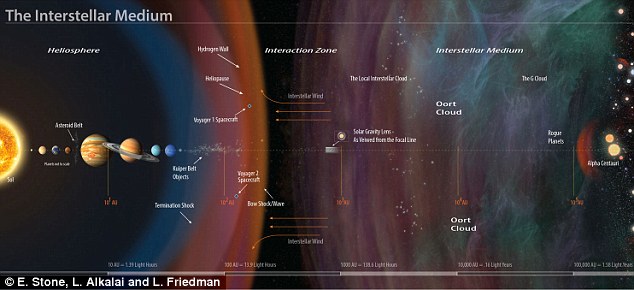NASA said that by 2050 the agency will complete its plan to turn the Sun into a giant magnifying glass to search for alien life.
Recently, scientists from NASA’s Jet Propulsion Laboratory (JPL) announced a plan to turn the Sun into a giant telescope with extremely high resolution to search for signs of alien life. .
During the Planetary Science Conference Vision 2050, NASA said that the plan to turn the Sun into a “secret” to search for extraterrestrial life costs a lot of investment.
However, this is the latest step in the search for features never before seen in distant exoplanets (planets outside the Solar System) as signs of life as well as existing organisms. on the surface of the exoplanet.

NASA is about to turn the Sun into a giant telescope with an extremely high resolution of 1000×1000 pixels. Photo: Getty Images.
With an extremely large image resolution of 1000×1000 pixels, NASA will turn the Sun into a giant magnifying glass that can “see” many planets at extremely large distances in space without having to launch many telescopes around. travel for decades in space.
The discovery of Solar System 2.0 with 7 exoplanets orbiting, 39 light years from our Earth, this “secret” plan will help NASA in the search for alien life.
NASA scientists say this plan will be completed before 2050.

Existing space glazing systems are limited in size and image quality. Photo: Dailymail.
Although current space telescope systems are limited in size and image quality, while waiting for this project to be completed, NASA scientists continue to launch other telescopes to Searching for signs of life on exoplanets.
Includes the launch of the TESS satellite in March 2017 and the James Webb telescope in October 2018.
Source: Soha.vn








